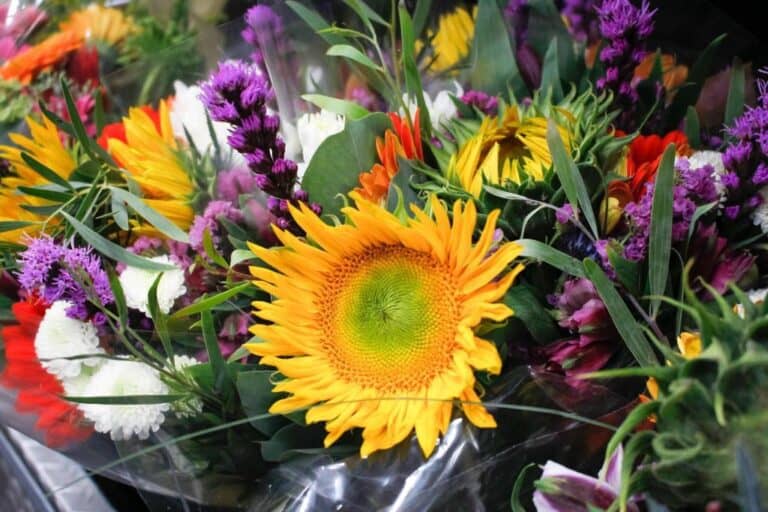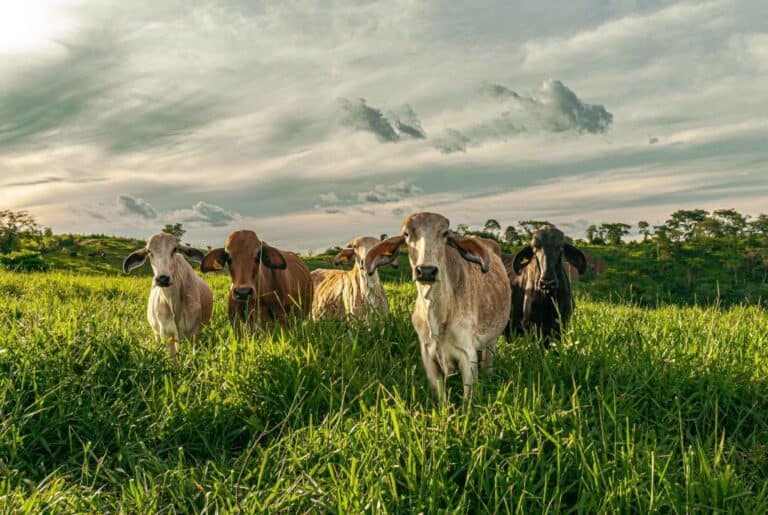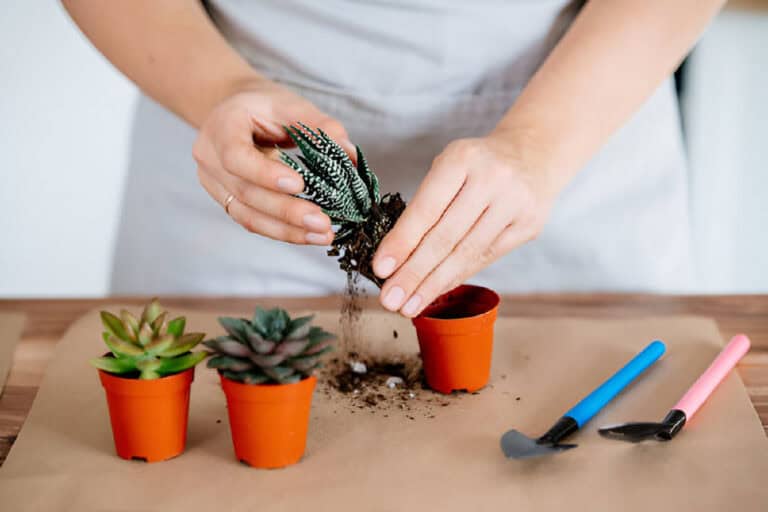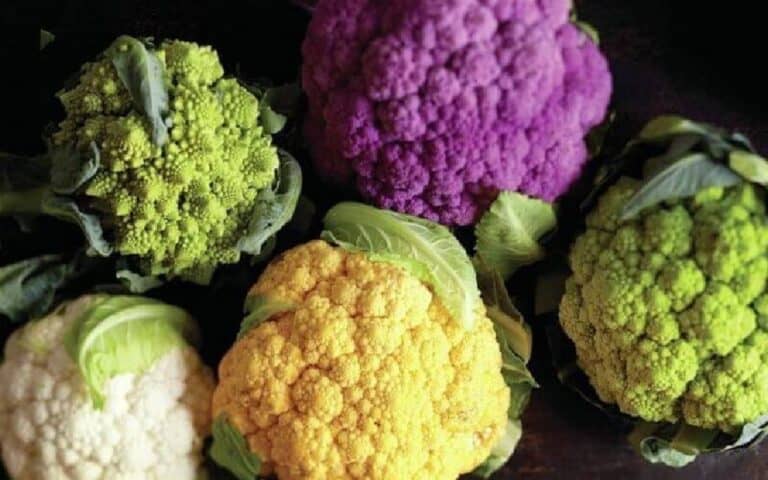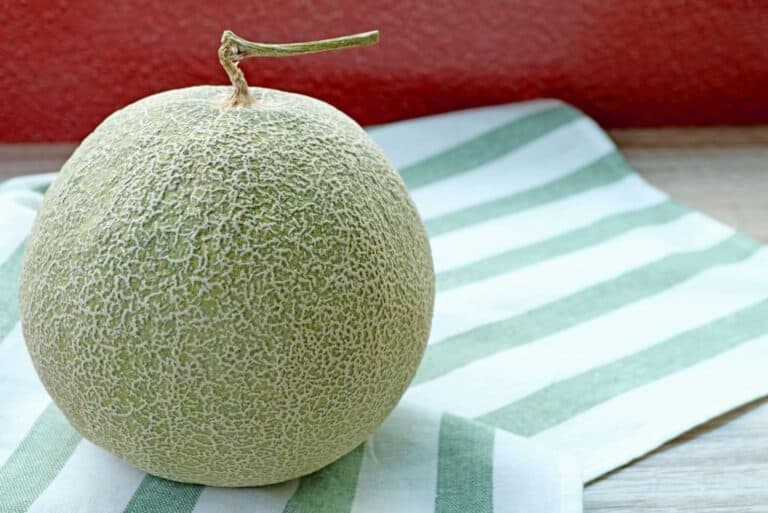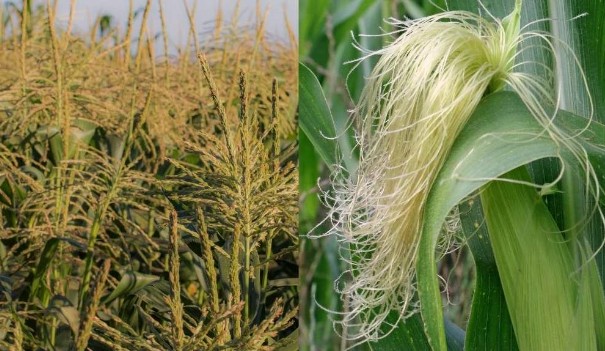Multiple Cropping vs. Modern Farming Method: What’s the Difference?
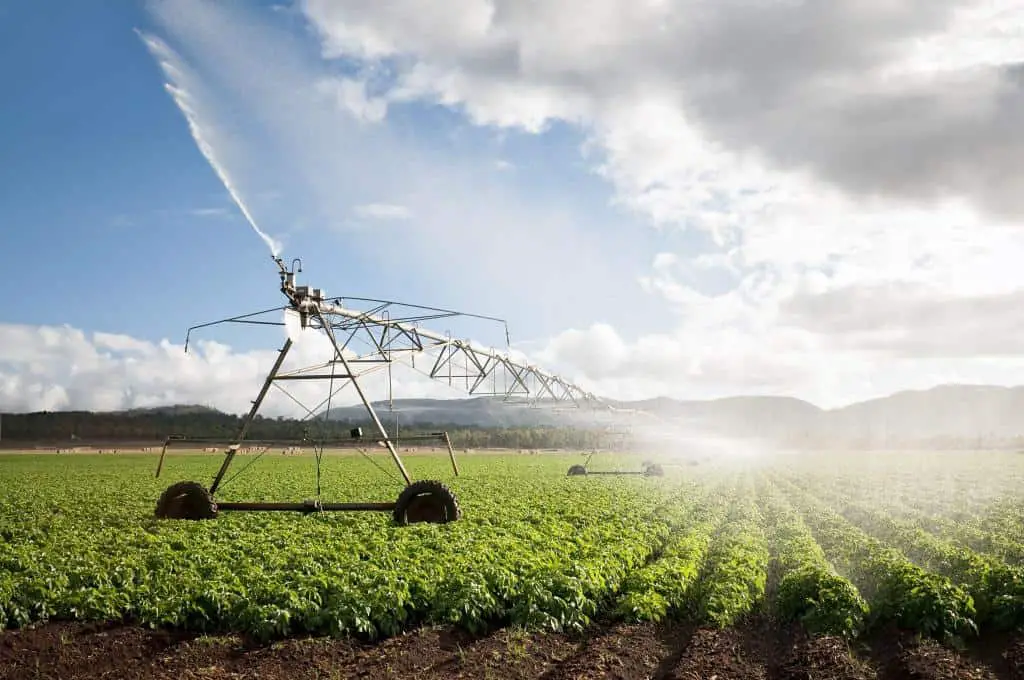
Imagine a vast area of land that is teeming with life and potential and is just waiting for the skilled hands of farmers to tame it. In the world of agriculture, where innovation and tradition coexist, two distinct methods vie for supremacy: multiple cropping and modern farming.
As the sun rises on the horizon, casting its golden glow on the fields, the age-old practice of multiple cropping stands proudly, boasting of its time-tested wisdom and bountiful rewards.
On the other hand, the sleek and efficient machinery of modern farming hums softly, promising streamlined operations and towering yields. But what sets these two approaches apart? How do they sway the delicate balance between environmental conservation and food production?
Join us on an enlightening journey as we unravel the enigma behind multiple cropping and modern farming – discovering the difference that shapes the future of agriculture.
Introduction to Multiple Cropping and Modern Farming Methods
Agriculture, the backbone of human civilization, has witnessed remarkable transformations over the years. Modern farming techniques, driven by technological advancements, are now in contrast with traditional farming practices passed down through generations.
Among the different approaches to agriculture, two stand out prominently: multiple cropping and Modern Farming Methods. We will delve into the characteristics, benefits, challenges, and environmental and economic impacts of both systems, allowing you to understand the key differences between them.
Multiple Cropping: Definition, Benefits, and Challenges
Definition and Historical Background: Multiple cropping, also known as intercropping or polyculture, is a time-honored agricultural practice where multiple crops are cultivated simultaneously in the same field.
The roots, growth patterns, and nutrient requirements of various crops are skillfully managed to maximize productivity. This practice has its roots in ancient farming practices and has been a vital part of small-scale, traditional agriculture.
Benefits of Multi-Cropping
- Natural Pest Control: Planting different crops together can disrupt the habitat of pests, reducing the likelihood of infestations. This method acts as a natural pest control measure, reducing the need for chemical pesticides.
- Enhanced Soil Fertility: Multi-cropping helps maintain soil fertility by preventing excessive nutrient depletion. Different crops have varying nutrient requirements, and their complementary growth can replenish the soil.
- Risk Distribution: Since multiple crops are grown together, the risk of complete crop failure due to adverse weather conditions or disease outbreaks is minimized. If one crop fails, others may thrive, providing a safety net for farmers.
Challenges of Multi-Cropping
- Labor-Intensive: Managing diverse crops in a field requires more labor and careful planning. Farmers need to be well-versed in the specific needs of each crop to ensure optimal growth.
- Lower Yields per Crop: While multi-cropping increases overall yield, individual crop yields may be lower compared to single-crop farming. This can be a concern if a farmer is focused on maximizing the yield of a particular crop for market purposes.
- Market Demands: Some markets prefer single-crop produce for consistency, which might make it challenging to market multi-cropped products.
Modern Farming Methods: Definition, Benefits, and Disadvantages

Modern farming, or monoculture, is a more recent approach that gained prominence with advancements in agricultural technology and machinery. It involves cultivating a single crop over large areas with a focus on efficiency and scale.
Advantages of Modern Farming
- Efficiency in Farm Management: Modern farming techniques streamline operations, making it easier for farmers to manage large-scale cultivation.
- High Yield Potential: With a single crop dominating a vast area, it becomes easier to implement optimized growing conditions, leading to higher yields per acre.
- Mechanization: Modern farming heavily relies on machinery and technology, reducing the need for manual labor and increasing productivity.
Challenges of Modern Farming
- Soil Degradation: Continuous cultivation of a single crop can deplete specific nutrients from the soil, leading to reduced fertility over time.
- Pesticide Dependency: Large monoculture fields are more susceptible to pest outbreaks, often requiring heavy pesticide use to mitigate the risks.
- Vulnerability to Climate Change: With a lack of crop diversity, modern farming faces higher vulnerability to climate change-related events, such as extreme weather patterns.
A Comparison: Multi-Cropping vs. Modern Farming
Let’s put both methods side by side in a table to compare their key features:
| Aspect | Multi-Cropping | Modern Farming |
| Crop Diversity | Diverse range of crops | Single crop over large areas |
| Yield per Crop | Moderate | High |
| Labor Requirement | High | Low |
| Risk Management | Low | High (vulnerable to pests) |
| Soil Fertility | Enhanced | Degraded over time |
| Market Acceptance | Dependent on market preferences | Generally widely accepted |
| Climate Resilience | High | Low |
Environmental Impacts: Multiple Cropping vs. Modern Farming Methods
Comparison of Environmental Effects
Comparing the environmental impacts of multiple cropping and modern farming is crucial to understanding their ecological footprints. Multiple cropping, with its diversified planting, promotes natural pest control and reduces the need for chemical interventions. It also enhances soil health by reducing erosion and nutrient depletion. On the other hand, modern farming’s reliance on monoculture and synthetic inputs can lead to soil degradation and water pollution.
Effects on Soil Health, Biodiversity, and Water Usage
Multiple cropping contributes to better soil health due to crop rotation and enhanced nutrient availability through symbiotic relationships between plants. It also supports biodiversity by providing habitats for various species. Modern farming, however, may lead to soil depletion and loss of biodiversity due to a focus on a single crop and heavy chemical usage.
Sustainability and Long-term Viability
Sustainable agriculture is essential for safeguarding the future. Multiple cropping, with its inherent ecological benefits, has been practiced for generations without causing severe harm to the environment. Modern farming, though highly productive, needs careful management to ensure long-term sustainability and mitigate its impact on the ecosystem.
Read: Dryland vs. Wetland Farming: What Is the Difference?
Economic Considerations: Multiple Cropping vs. Modern Farming Method
Evaluation of Economic Implications: The economic aspects of multiple cropping and modern farming play a crucial role in shaping agricultural practices. Since the success of other crops may make up for the failure of one, multiple cropping’s diversified approach can reduce market risks. On the other hand, modern farming’s scale and efficiency can lead to higher yields, potentially resulting in increased profits.
Cost-effectiveness and Returns: Multiple cropping, while offering benefits like risk reduction and sustainable practices, may require more initial investment and labor. On the contrary, modern farming’s adoption of technology can lead to increased upfront costs but has the potential to result in higher yields and returns over time.
Impacts on Local and Global Economies: Both multiple cropping and modern farming have implications for local and global economies. Multiple cropping, often practiced in small-scale farming communities, can contribute to local food security and rural development. In contrast, modern farming, with its ability to produce significant quantities of food, can influence global food trade and market dynamics.
Food Security and Multiple Cropping vs. Modern Farming Method
Ensuring food security is one of the greatest challenges facing humanity. Both multiple cropping and modern farming play pivotal roles in addressing this pressing issue and catering to the demands of a growing global population.
Contributing to Food Security
Multiple cropping, with its diversified approach, is an excellent strategy to enhance food security. By cultivating multiple crops simultaneously, farmers can reduce the risk of crop failure and ensure a stable food supply. Different crops have varied nutritional profiles, providing a well-rounded diet to communities. On the other hand, modern farming’s ability to produce large quantities of a single crop also contributes significantly to food security, as it meets the demands of a population that’s constantly increasing.
Addressing Global Food Demands
As the global population continues to rise, so does the demand for food. Modern farming, with its high-input and efficient practices, has been instrumental in meeting this growing demand. With technological advancements in irrigation, pest control, and crop breeding, modern farming has exponentially increased crop yields. Multiple cropping, on the other hand, while not suited for mass production like modern farming, has its niche in providing local and diverse food sources.
Mitigating Food Crises and Hunger
Both multiple cropping and modern farming can play vital roles in mitigating food crises and alleviating hunger in vulnerable regions. In areas where resources are limited, multiple cropping can provide a lifeline by optimizing land use and maximizing production. Meanwhile, modern farming’s efficiency can help during emergency situations, such as natural disasters or conflicts, by rapidly producing large quantities of food.
The Future of Agriculture: Coexistence of Multiple Cropping and Modern Farming
Looking ahead, the future of agriculture lies in embracing the coexistence of multiple cropping and modern farming methods.
Complementing Each Other: Multiple cropping and modern farming are not mutually exclusive; instead, they can complement each other in diverse agricultural landscapes. In certain regions, multiple cropping may prove more suitable for small-scale and sustainable farming, while modern farming can cater to large-scale production demands.
Potential Hybrid Approaches: The future might witness the emergence of hybrid approaches that integrate the strengths of both multiple cropping and modern farming. For instance, utilizing modern technology to optimize multiple cropping systems can enhance productivity while preserving ecological balance.
Sustainable and Efficient Farming: Striking a balance between tradition and innovation is crucial for sustainable and efficient agriculture. The integration of traditional wisdom into modern farming practices and harnessing technology for multiple cropping can lead to a more resilient and environmentally friendly agriculture sector.
Conclusion
In conclusion, both multi-cropping and modern farming have their unique strengths and weaknesses. Multi-cropping offers numerous benefits, including natural pest control, enhanced soil fertility, and risk distribution. However, it requires more labor and may face market challenges.
On the other hand, modern farming provides efficient management, high yield potential, and mechanization benefits. Nevertheless, it is vulnerable to soil degradation, pesticide dependency, and climate change impacts.
The choice between multi-cropping and modern farming depends on various factors, including the farm size, available resources, market demands, and environmental concerns. Some farmers might opt for a combination of both methods to leverage the advantages of each approach.
In the end, the key is to strike a balance between traditional wisdom and modern innovation to create a sustainable, productive, and resilient agricultural system for the future.

